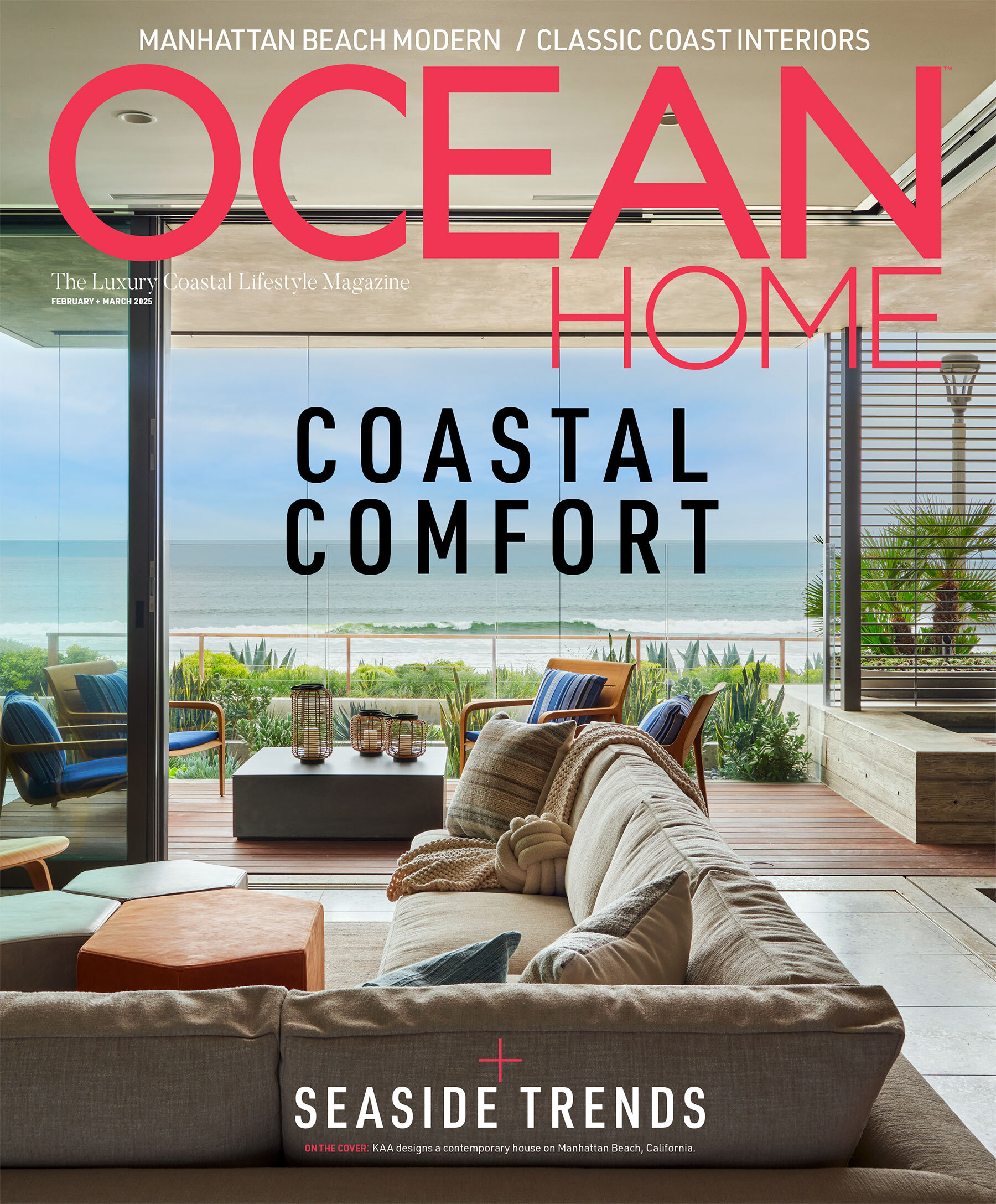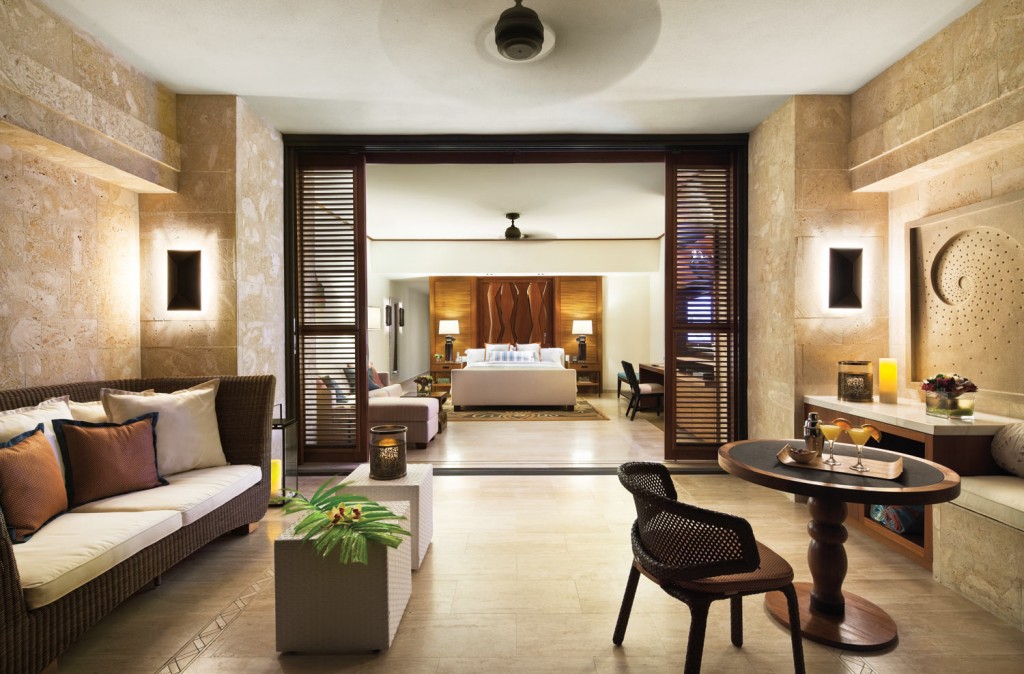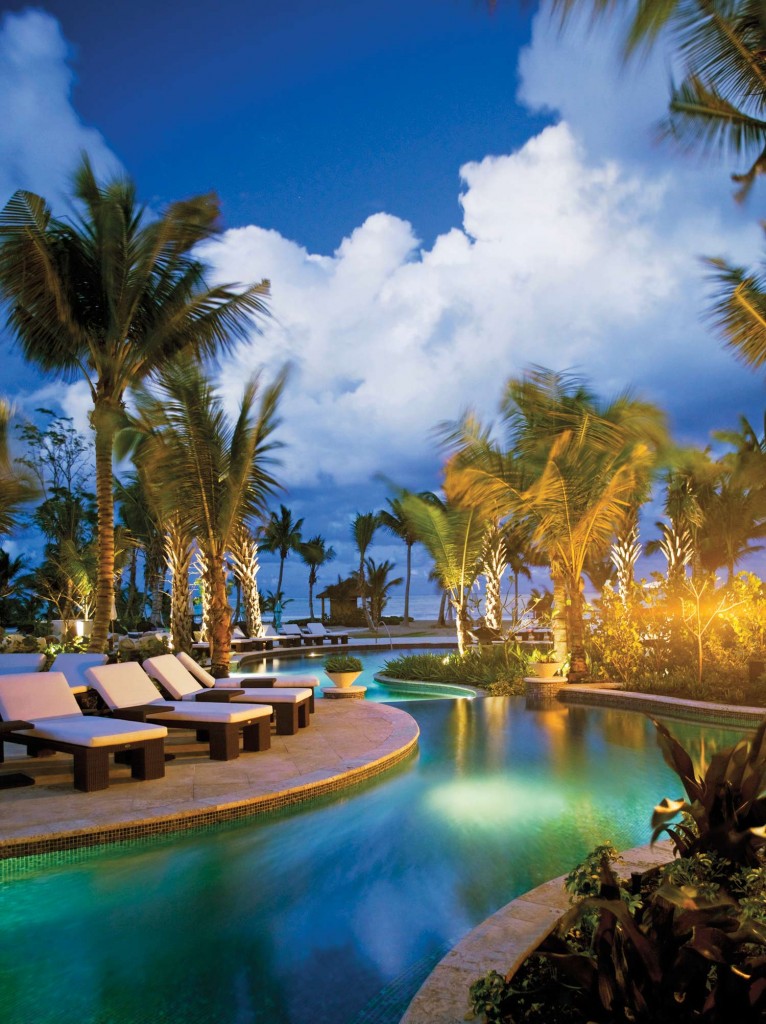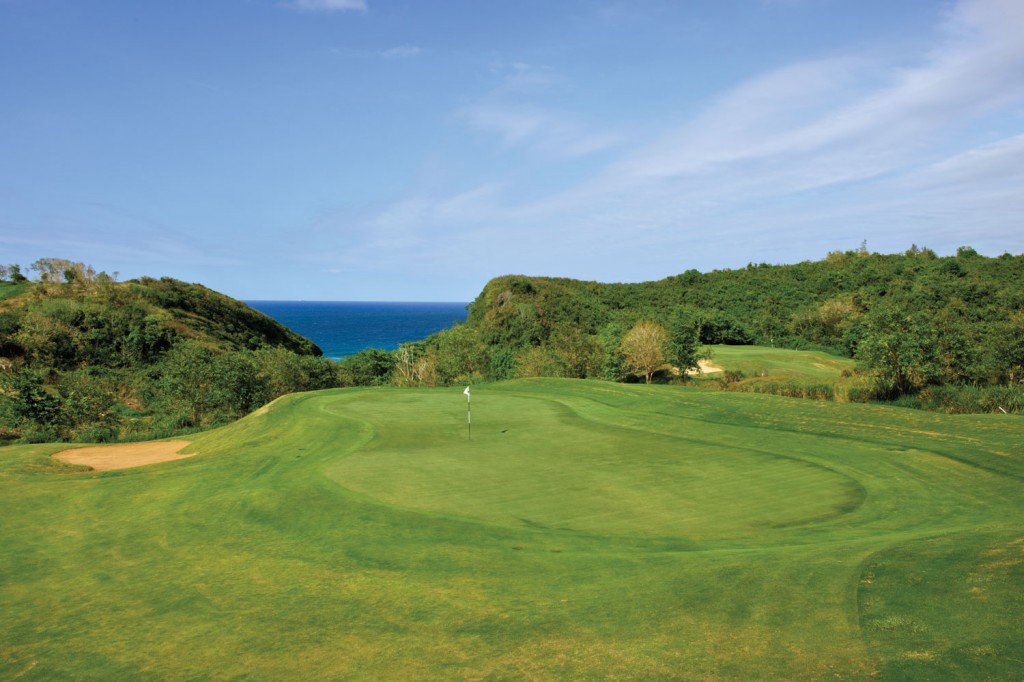A favorite among American travelers for its accessibility and beautiful beaches, Puerto Rico is fast becoming one of the Caribbean’s top golf destinations as well.
When Columbus singled out Puerto Rico for its beauty, golf had already been established as a favorite pastime in Europe. These many centuries later, Puerto Rico, a U.S. commonwealth where English is widely spoken, has reasserted itself as one of the Carib-bean’s top golf destinations. You don’t need a passport to enter Puerto Rico, but you will need your A game at two brilliantly revived courses—plus one striking newcomer—that combine to offer visiting players and savvy investors plenty of options east and west of San Juan.
Dorado Beach Resort and Club
Conceived by Laurance S. Rockefeller in the late 1950s as a back-to-nature playground for the well-to-do, Dorado Beach, located 45 minutes west of San Juan, was one of the first full-fledged golf resorts in the Caribbean. A visionary developer and conservationist who saw an opportunity to build a recreational “Great Park” in the tropics, Rockefeller hired Robert Trent Jones, Sr., the dean of the trade, to build a pair of courses on a 1,400-acre plantation on the island’s lush north coast.
More than 50 years after Rockefeller transported 150 friends (each one a millionaire) to the resort’s gala opening, Robert Trent Jones, Jr., who as a teenager had toured the course during construction, has returned to direct a $6.2 million restoration of Dorado’s East Course. “It’s a treat for me at this point in my career to have the opportunity to refresh some of my father’s most notable work,” Jones says. “The restoration…has enhanced the natural beauty, playing conditions, and flexibility that my father had originally envisioned.”
Working from his dad’s original notes and sketches, Jones set about rediscovering a course that had fallen into ruin. After an extensive tree-pruning program thinned out the layout’s jungle-lined corridors, the Atlantic Ocean became visible from 15 of the 18 holes. Numerous lost features were revealed during the cleanup, from specimen trees to water hazards.
Reopened in November 2011, the East Course, a veritable museum of the senior Jones’s work, is now better than when it was ranked among the best courses in the islands. The runway-style tees have been restored, the elevated greens rebuilt, the sculpted bunkers restyled, and the fairways widened and resurfaced. In 2012, Jones, Jr. will return to touch up Dorado’s West Course, a shorter, sportier version of the East Course. Visitors can also access the property’s Pineapple and Sugarcane courses (formerly the North and South courses at Cerromar Beach, respectively).
In December 2012, the resort will unveil a new Ritz-Carlton Reserve on the site of Rockefeller’s original beachfront hotel. More intimate and luxurious than a typical Ritz-Carlton, the Dorado Beach Reserve, designed according to LEED Silver standards, will feature 115 rooms spread across 50 acres and a mile of beachfront. The resort will include Spa Botanico, a new Beach Club, a Wind and Wave Center headed by Jean-Michel Cousteau’s Ambassadors of the Environment, and celebrity chef restaurants. The 11-mile Rockefeller Nature Trail, Watermill water park, and fitness and wellness center are already in place.
The resort’s real estate offerings are led by the Ritz-Carlton Reserve West Beach Residences, a limited series of two- to four-bedroom oceanfront condos. These units range from 2,204 to 4,140 square feet and are priced from $2.5 million.
Dorado Beach East is a well-established residential neighborhood with custom homes priced from $1.2 million.
Until the new hotel opens, accommodations are available at the Plantation Resort Residences, its spacious three- and four-bedroom condos overlooking fairways, mountains, and ocean. These units, available in four different floor plans, are available starting at $830,000.
Beach front swimming pool at the St. Regis Bahia Beach Resort.
Bahia Beach Resort & Golf Club
Fronting a two-mile crescent of sandy beach adjacent to El Yunque, the only rain forest in the U.S. National Park System, Bahia Beach Resort is a master-planned, 483-acre community with a 139-room St. Regis hotel on site. Occupying a former coconut plantation, Bahia Beach is dotted with 100-foot palms and fringed by thick stands of almond, sea grape, and flamboyant trees. Colorful songbirds and iguanas inhabit the surrounding forest. Tucked away on the island’s northeast coast 30 minutes from San Juan, Bahia Beach is anchored by its enticing Robert Trent Jones, Jr.-designed course. On a preexisting public course that was no match for its superb location, Jones and his team superimposed an entirely new design on the site.
Water is a strong component on this subtly contoured layout—nearly every hole skirts a lagoon, challenging players to sacrifice power for accuracy. A typical hole at Bahia Beach has water on the left, thick jungle to the right, and a slim fairway pinched by upswept bunkers in the landing area. The slick, undulating greens are well protected by sand and water. Five sets of tees offer plenty of options. The key to enjoying the course is selecting the correct markers for your ability level.
Opened to acclaim in 2008, the golf course reaches its pinnacle at the final three holes, each of which is flanked to the right by the ocean. The 17th, a long par 3 that plays to a green perched above the beach, is a stunner, as is the home hole, a dazzling par 4 straddled by a lagoon and the sea. Jones, a true aesthete, created a greenside bunker at the 18th that is an extension of the beach. Players can tally their scores in the club’s open-air beachfront clubhouse.
The well-appointed accommodations at the St. Regis feature spectacular views of the sea or rain forest from their private terraces. In addition to its 24-hour butler service, the St. Regis, opened in November 2010, offers a Remede Spa and Fitness Center, three restaurants (including Fern, a splendid Jean-Georges Vongerichten dining establishment), transportation in a chauffeured Bentley, and other extras.
Bahia Beach has a variety of residential properties available. On a private island within the community are 26 branded St. Regis estate homes set on half-acre to 1.5-acre lots. The approximate starting price for these homes, which range from 6,000 to 10,000 square feet in size, is $3.6 million. Las Cabanas, a group of oceanview townhomes, comprises two-story, three-bedroom residences, each with a small studio, four baths, and a terrace. Prices range from $2,150,000 to $2,750,000. The 29 units at Las Ventanas, ranging in size from 1,680 square feet in Ventanas I ($745,000) to 3,300 square feet for a Penthouse in Ventanas II ($2.4 million), are within walking distance of the beach. Lastly, Las Verandas offers 90 two- and three-bedroom villas ranging in price from $700,000 to $1,641,500.
The green on Royal Isabela’s first hole
Royal Isabela
Seventy-five miles west of San Juan in Puerto Rico’s northwest corner is Royal Isabela, one of the most spectacular new golf courses to debut in the Caribbean in many years. Developed by brothers and former tennis stars Charlie and Stanley Pasarell, this one-of-a-kind layout sprawls across rolling tableland 200 feet above the frothy Atlantic Ocean.
The centerpiece of a 426-acre resort community, the course is marked by sharp elevation changes, limestone outcrops, and natural sand dunes. Broad clifftop fairways and sod-faced bunkers create a multitude of strategies for each shot, as do the brisk trade winds. “Tropical Scotland” is how Stanley describes the course, adding, “If the Open Championship ever leaves the British Isles, this could be the venue.” At full stretch—7,667 yards, par 73—Royal Isabela is one tough coconut, though staggered sets of forward tees offer graduated challenges to higher handicappers.
Observant players will detect a sense of naturalness at Royal Isabela. During the construction phase, the majority of the shaping was done by hand, reflecting the developers’ desire to tread lightly on the land. Natural lakes were integrated into the design of the course, as were deep chasms that call for death-or-glory shots. Conceived as a sustainable development, more than 20,000 native trees and indigenous plants were propagated and grown in on-site nurseries, using seeds and cuttings gathered on the property.
Aided by David Pfaff, a former Pete Dye associate, the Pasarells let the existing landforms dictate the course routing. “It’s an unbelievable piece of land,” says Charlie. “We spent years walking the property until we uncovered a golf course.” Recognizing that resort golf should, above all, be fun, the Pasarells built plenty of entertainment into their design. For example, there’s an infinity-edge green that appears to float on the distant sea, an atoll-like island green, plus a clifftop double green that serves the 12th and 14th holes. There’s also a quirky original feature: The sixth hole, with two separate fairways and two separate greens, can be played either as a par 4 or a par 5. (The brothers couldn’t agree and so they built both options.)
In April 2012, Royal Isabela will unveil a lodge with 20 guest casitas. Additional amenities will include a clubhouse, restaurant, swimming pool, tennis courts, and a spa and fitness center. The property also has an organic farm, 27 miles of hiking trails, and world-class surfing.
Royal Isabela’s home sites, ranging in size from one to two acres, are spaced around the golf course and overlook the ocean. Lots start at $2 million. Each Fairway Villa provides over 1,500 square feet of living space and features two master suites, a covered terrace, and a plunge pool. Villas start at $1 million.
Image Credits: Joann Dost .






